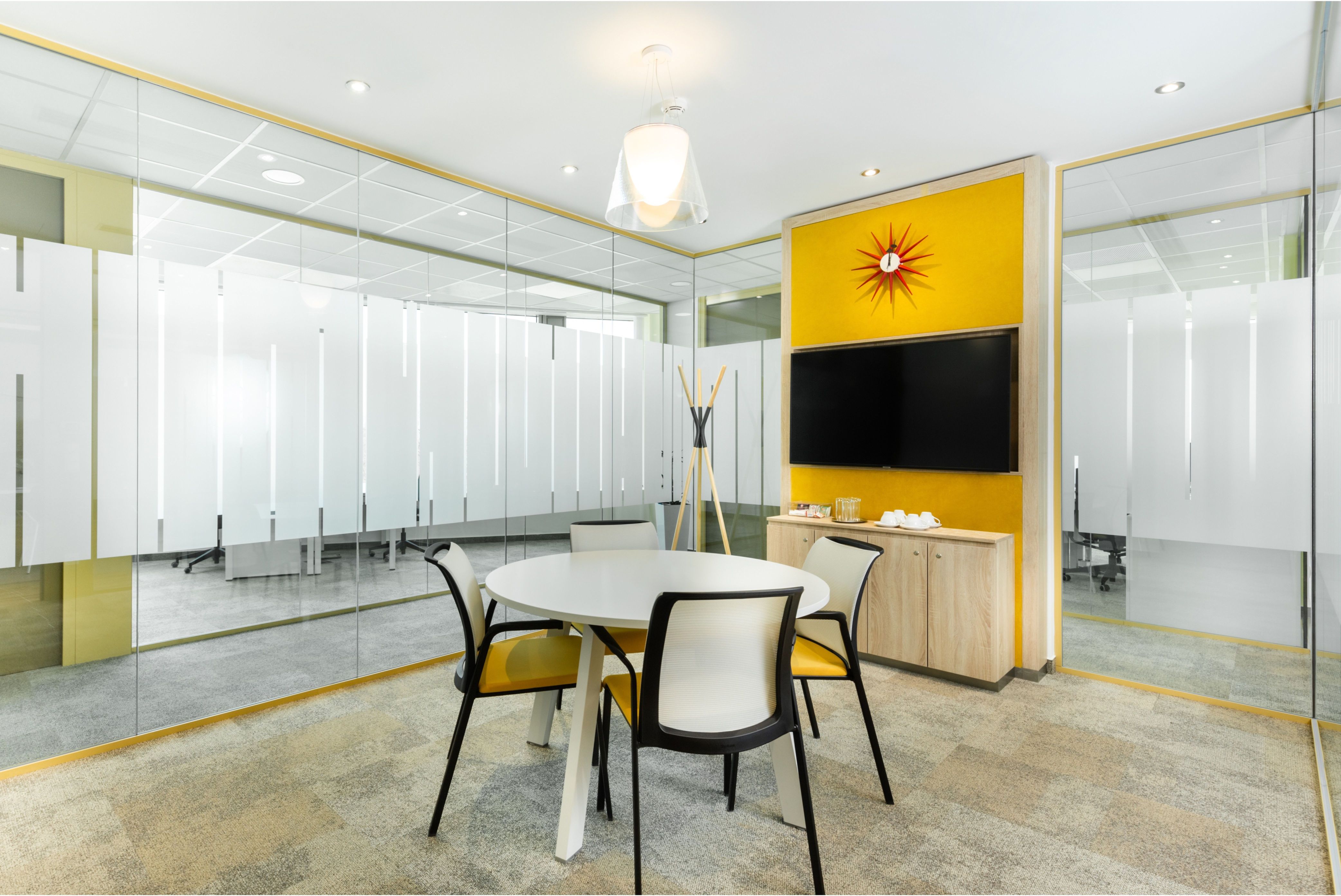Meeting tenants’ needs in a low vacancy market

Head of Tenant Representation at JLL, Zoltán Szalóky, shares his insight on finding the best fit for his clients in a market that is becoming increasingly lessor driven.
Zoltán Szalóky, Head of Tenant Representation at JLL.
What does tenant representation at JLL entail?
We primarily handle the Budapest office market and within this, we represent tenants’ interests, usually for larger companies and multinationals. First off, we establish a strategy that details all the requirements, client expectations, etc., and then we help in the search of that tenant’s ideal office.
This is based on basic parameters such as number of staff, how many square meters are required, how many parking spaces are needed, storage requirements, location, proximity to public transport and highways or proximity to airports and so on. There are also services which are becoming increasingly important for us, such as sustainability, employee engagement, change management; in other words, the human factor.
How do you go about finding a suitable property for your corporate clients?
We usually discuss the re-negotiations of the tenant’s current lease while simultaneously searching for a new location to give the tenant an alternative so that they can weigh their options. This also provides a kind of safety net. Even if they choose to stay, we suggest alternative locations so they can compare market conditions with what they currently have. This also gives them bargaining power.
The search process has several stages. Firstly, we send out a request for information to market players and then we narrow this information down until a final choice is reached. Following this, we assist the tenant in drawing up a lease agreement. Our work ends when that lease agreement is signed. This is when the third stage starts, which involves refurbishments to match the client needs. These fit-outs are handled by another department within JLL, the project and development services team. We work very closely with them on these projects from the initial search through to the overhaul.
When a firm approaches you looking for new company headquarters, what are some of the factors they consider most important?
JLL has about a 33% share of the tenant representation market and working with multinationals usually involves built-to-suit requests, which means we are starting from scratch. The initial stages are very long and detailed and it’s here that we assess all the client’s needs. The most important factors are usually location, the floor plan, the quality of the building, services in and around the building, to name a few.
Determining the company culture and design requirements is done by the project services and development team through a series of workshops. When we figure out what the exact needs are, then the search begins. This includes looking at existing properties, properties under development and off-market opportunities that have not yet begun.
How do tenants typically approach you?
Companies come to us for various reasons, either because they are JLL corporate clients, or returning local clients, they can be new prospects or come to us based on referrals by other clients. They trust that we have a good and up-to-date understanding of the market, we have a network and processes to reach out to all available properties and that we can represent them throughout the process. Timing is largely contingent on how much remains of their lease. These days we need more time than in the past because of the shortage of offices vs. demand. Lessors are in a much better position than tenants. And demand is also on the rise. Last year, for example,
a record number of lease agreements were signed, amounting to 538,000 sqm of office space. This is unprecedented in the Budapest market.
Why are there so few vacant offices in Budapest?
This is pretty much in sync with economic cycles. There was a substantial boom from 2000 when several new offices were being built and this peaked around 2006-2009. Then came the financial crisis in 2008 and companies started scaling back on expenses. With a dramatic drop in demand, the construction of new buildings essentially stopped, aggravated by the fact that there was neither capital, nor bank financing to speak of. So nothing much was built until 2012. Fortunately, the situation in Hungary has improved since.
There is also, among other factors, a growing number of shared service centers and outsourcing companies coming to Budapest, which in turn increases demand on the Budapest market. Unfortunately, however, there is still a lack of speculative office developments and the construction of new offices has not been able to catch up with this demand. It’s a long process. Those office buildings that are expected to be handed over by 2018 will not be sufficient to meet the needs of the growing market.
What kind of trends are you seeing in the sector?
The total amount of “A” and “B” category office space in Budapest is currently approximately 3,300,000 sqm, which means that we have the second largest office market in the region, just behind Warsaw. And what is also important to note is the vacancy rate, which was 20-22% a few years ago, but dropped to 11.3% at the end of the first quarter of this year. This is an average number of all “A” and “B” category buildings in Budapest across all submarkets – we differentiate nine submarkets in Budapest, for example Vaci Corridor, South Buda and South Pest, these are the most popular locations at present. The vacancy rate of “A” category buildings is currently 7-8% while the vacancy rate of “B” category buildings is 16%. And of course this varies among submarkets. For example the vacancy of “A” category buildings in South Buda is 5.2%, which is practically zero. But even this low vacancy is distributed across a number of buildings and offices. If someone is looking for a 2,000 sqm office space in Budapest, this poses a serious problem in the current market. And this is not likely to improve in the next couple of years.
To what extent do low vacancy rates affect rental fees?
This shortage affects the sqm costs substantially. For example, the cost of premium category rentals, those in central Budapest in a top category offices, hover around €22 per sqm per month. That represents about a 10% increase in less than a year. Likewise, we see effective rental costs (including incentives) rising in all categories and more rigid parameters being imposed by lessors.
SUPPORT THE BUDAPEST BUSINESS JOURNAL
Producing journalism that is worthy of the name is a costly business. For 27 years, the publishers, editors and reporters of the Budapest Business Journal have striven to bring you business news that works, information that you can trust, that is factual, accurate and presented without fear or favor.
Newspaper organizations across the globe have struggled to find a business model that allows them to continue to excel, without compromising their ability to perform. Most recently, some have experimented with the idea of involving their most important stakeholders, their readers.
We would like to offer that same opportunity to our readers. We would like to invite you to help us deliver the quality business journalism you require. Hit our Support the BBJ button and you can choose the how much and how often you send us your contributions.








